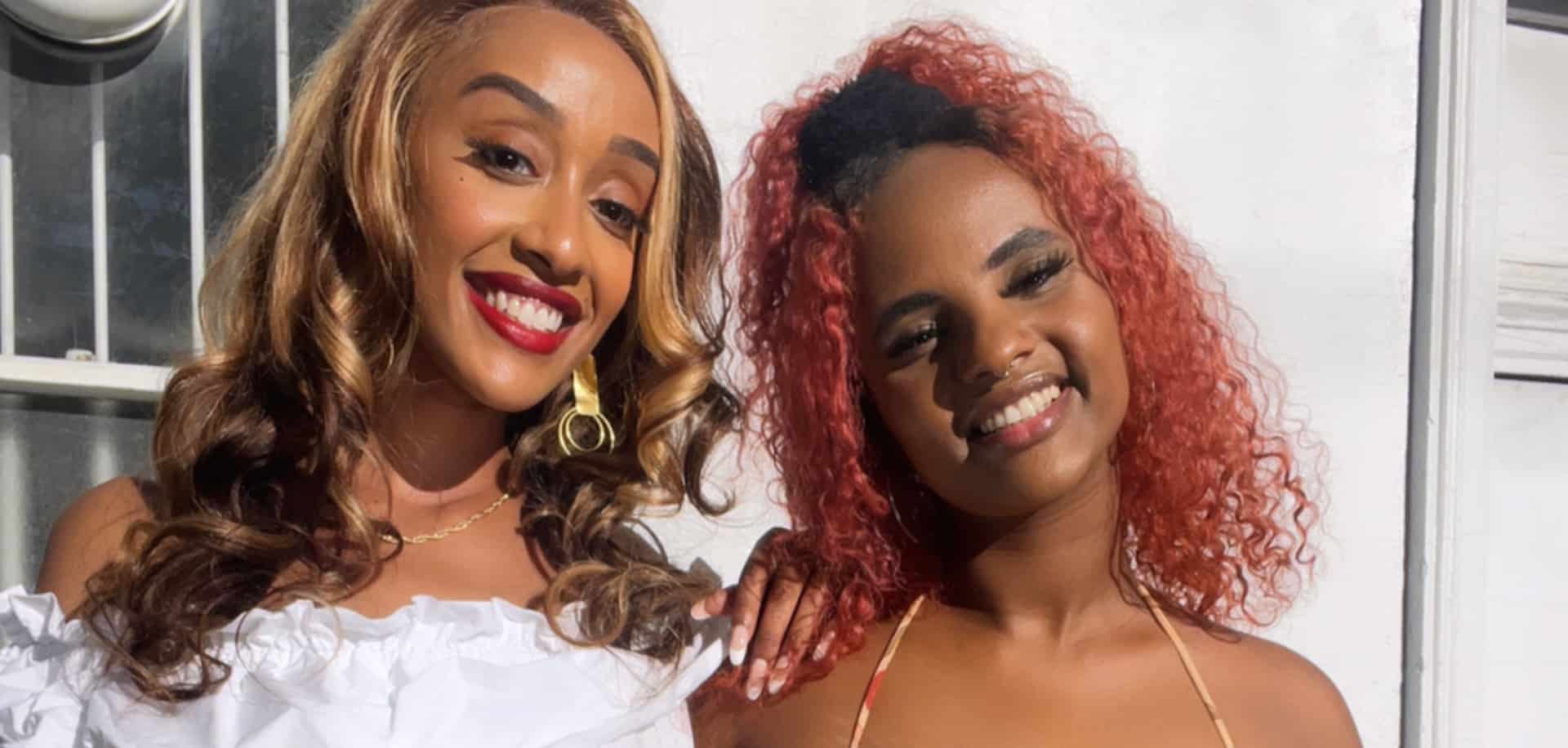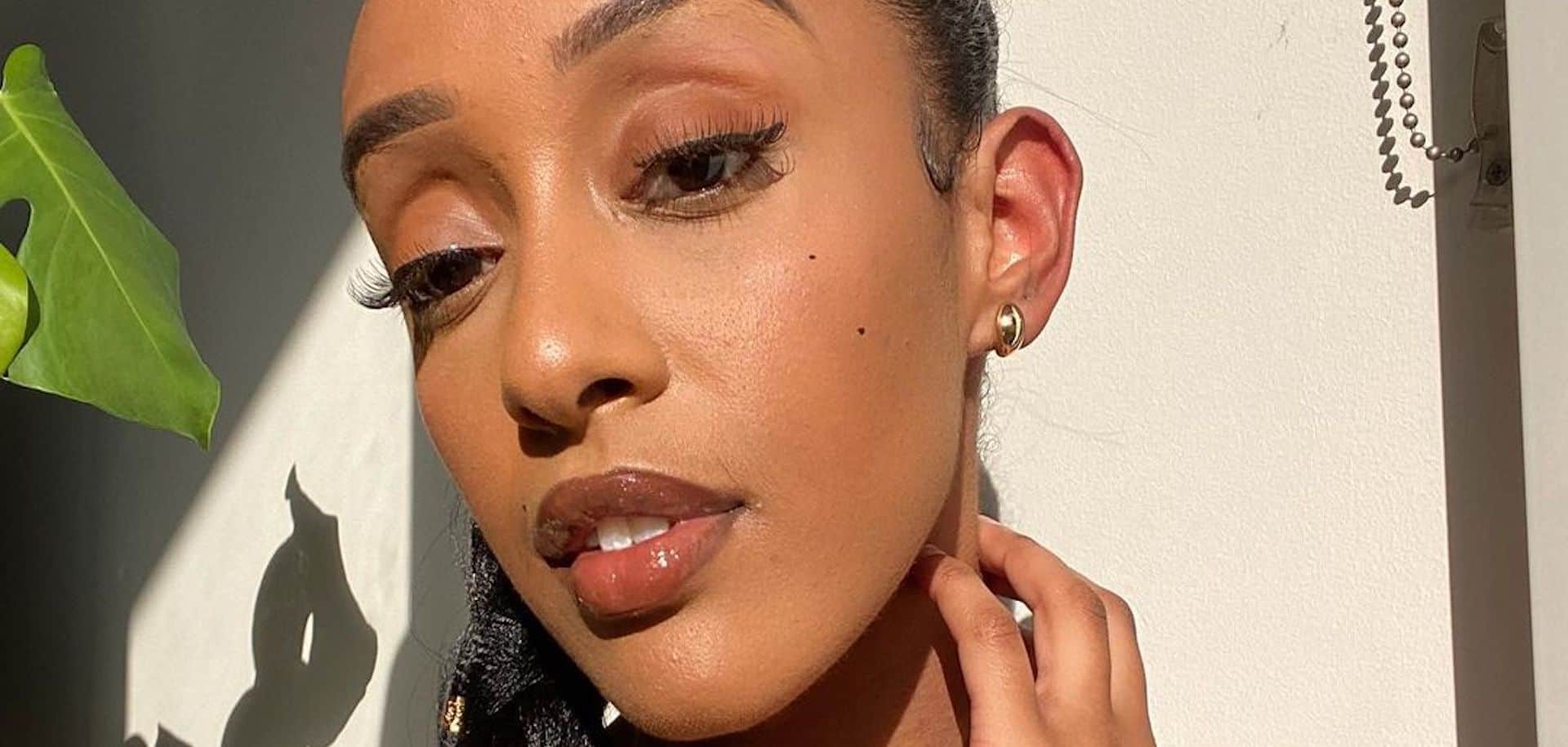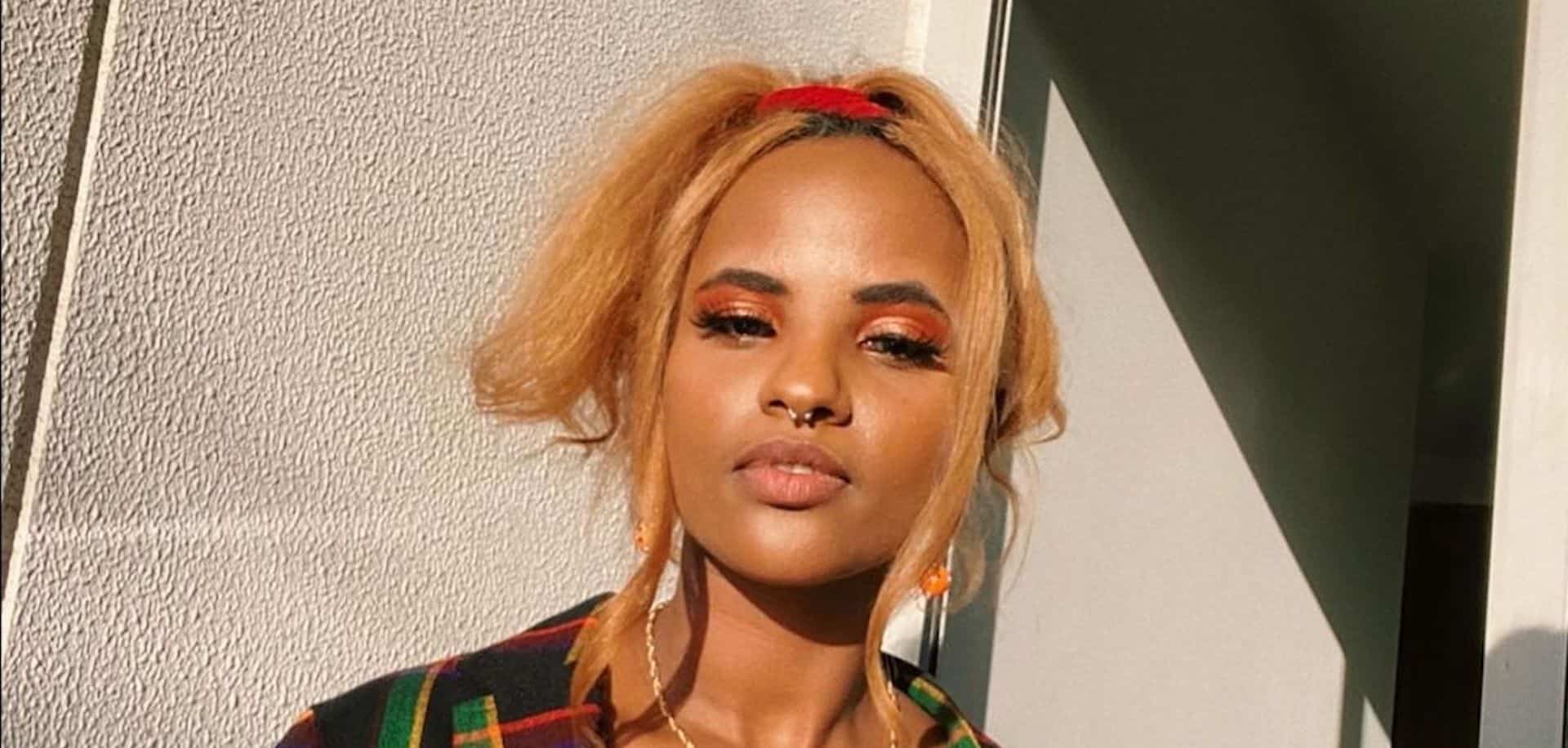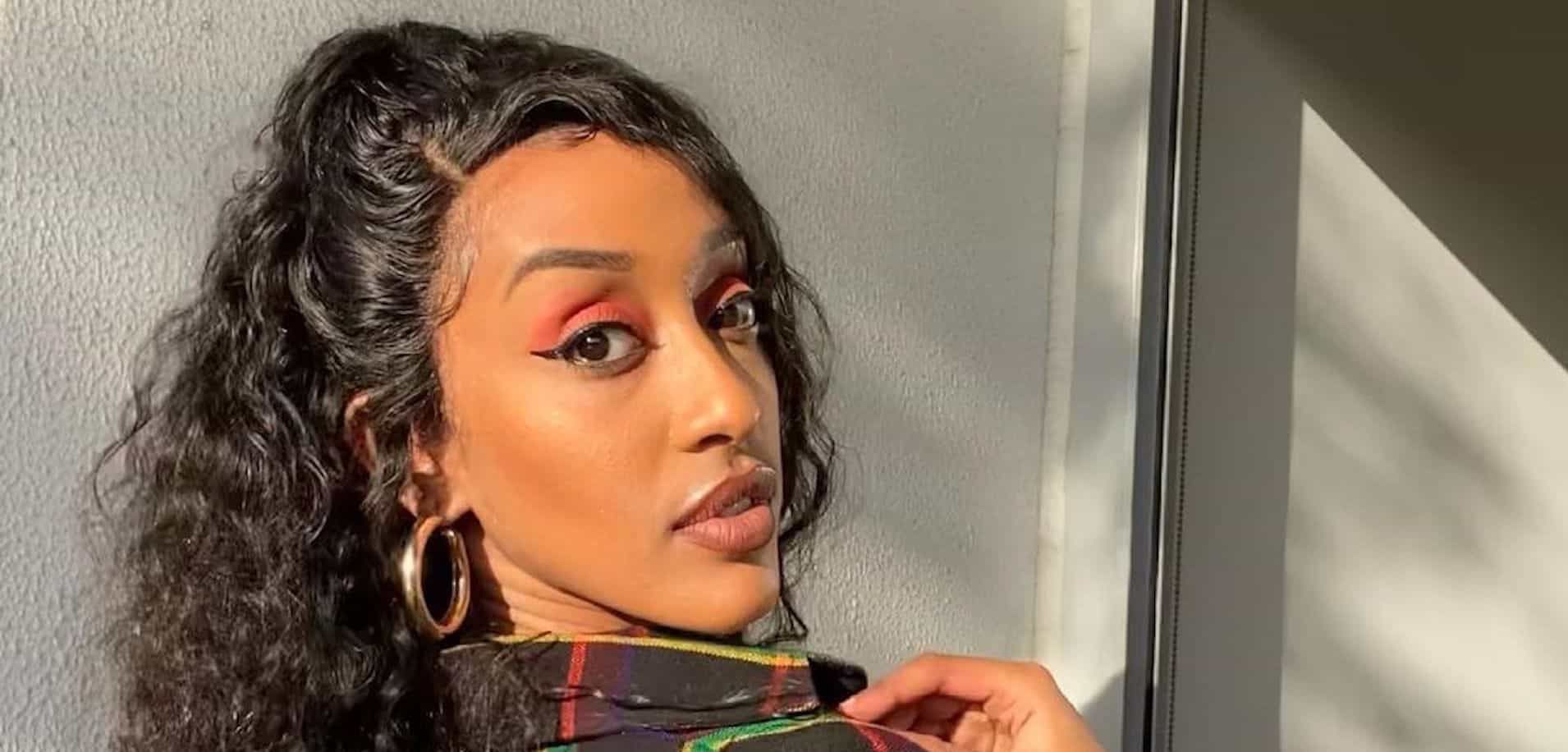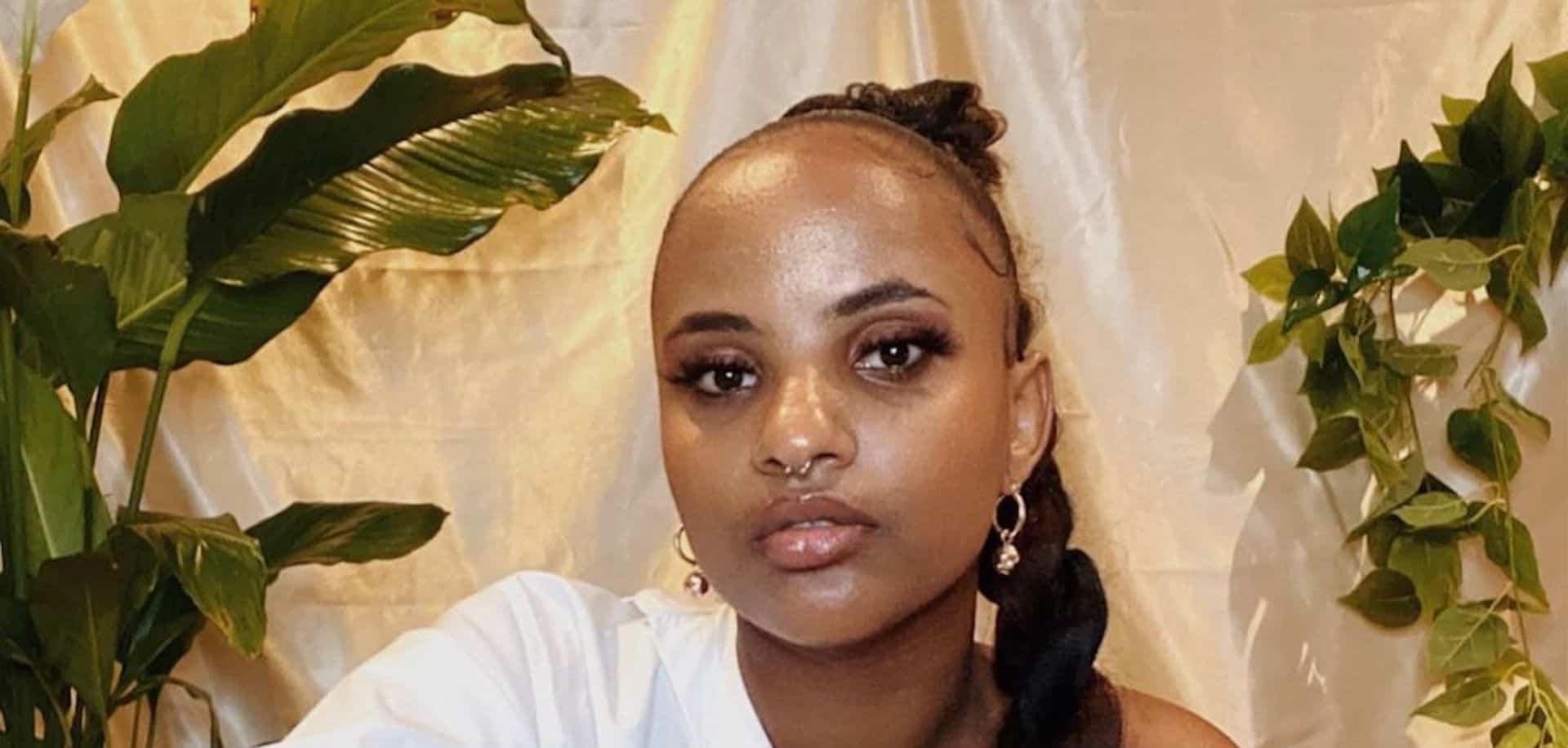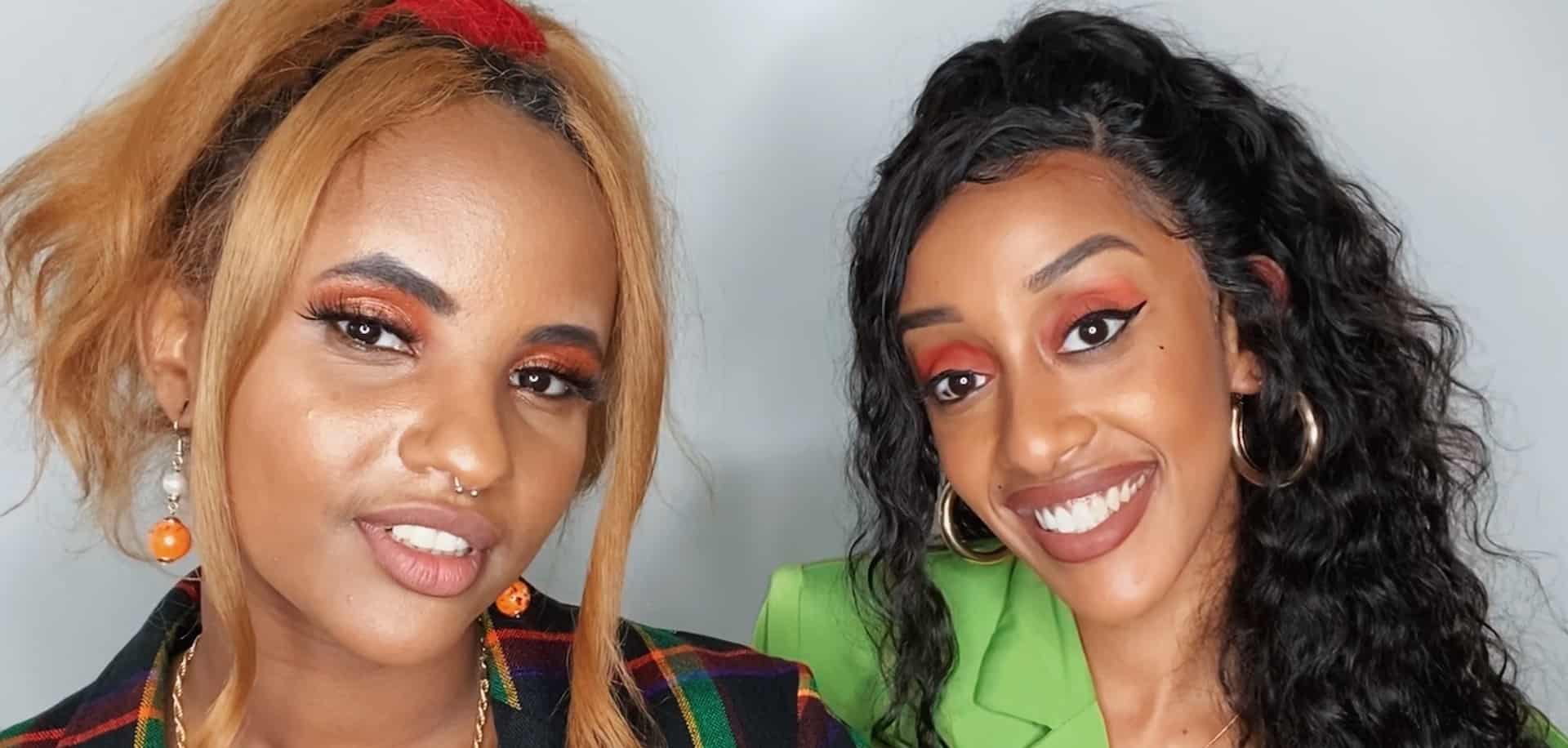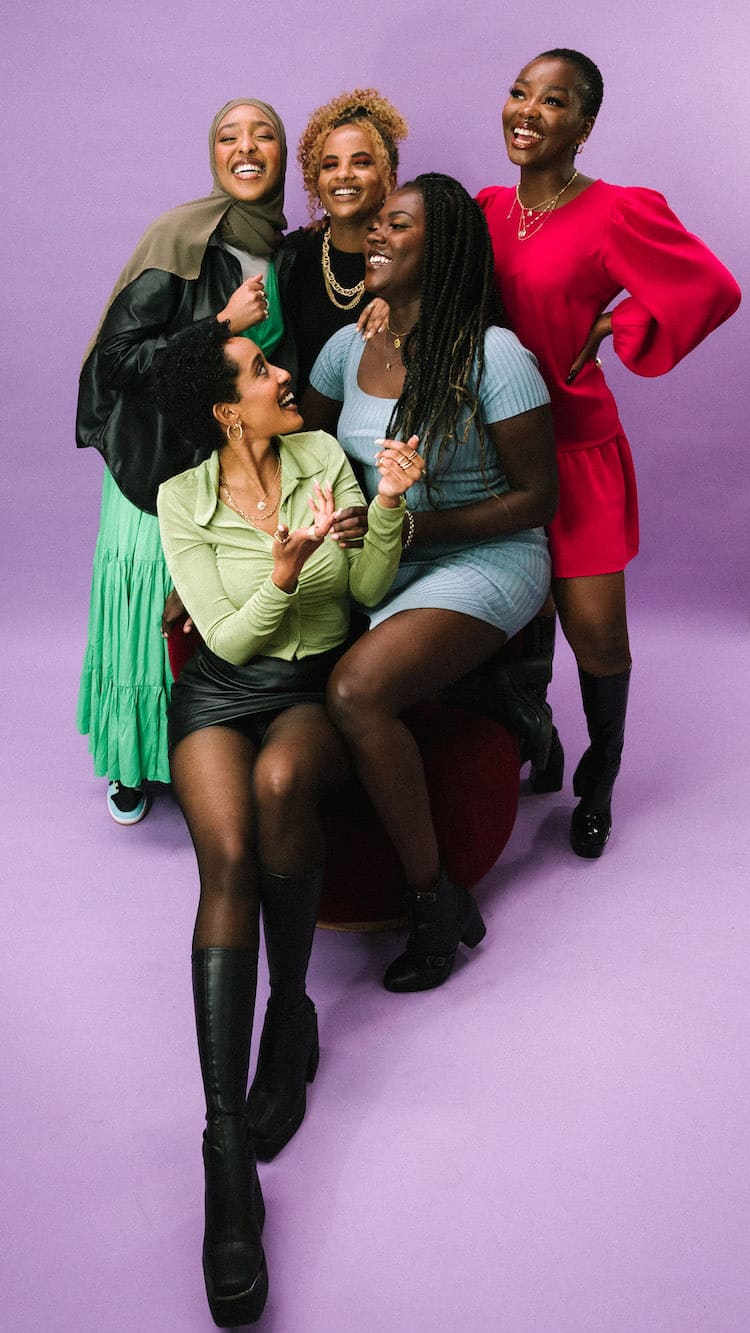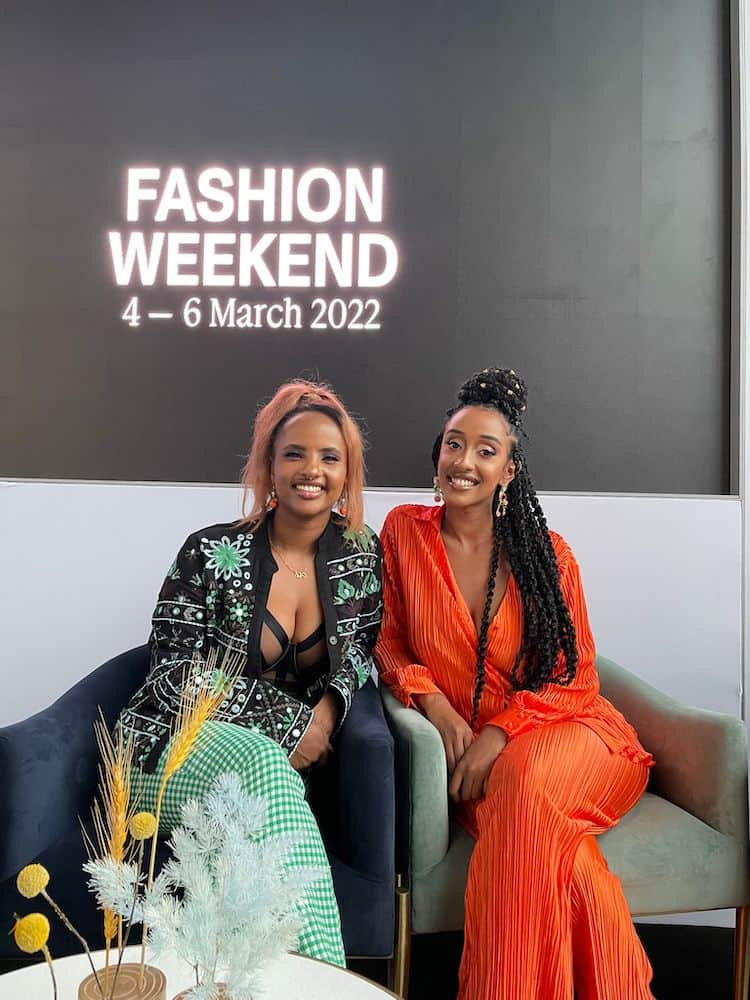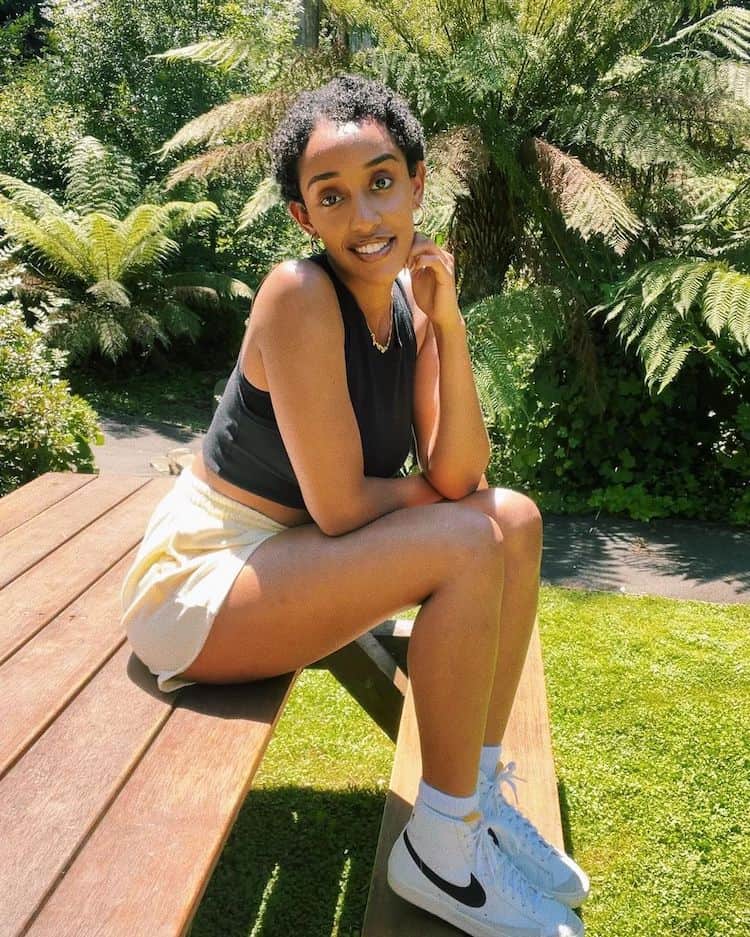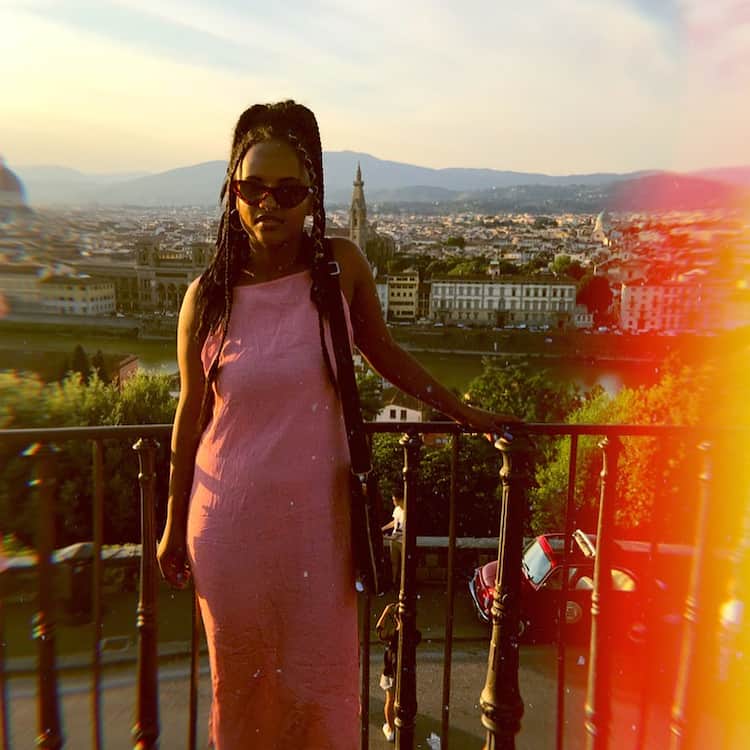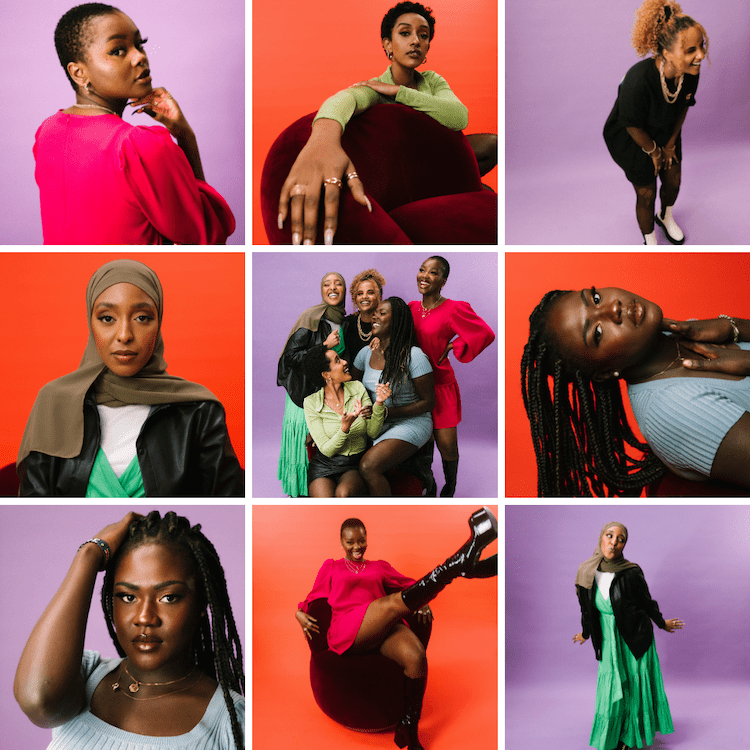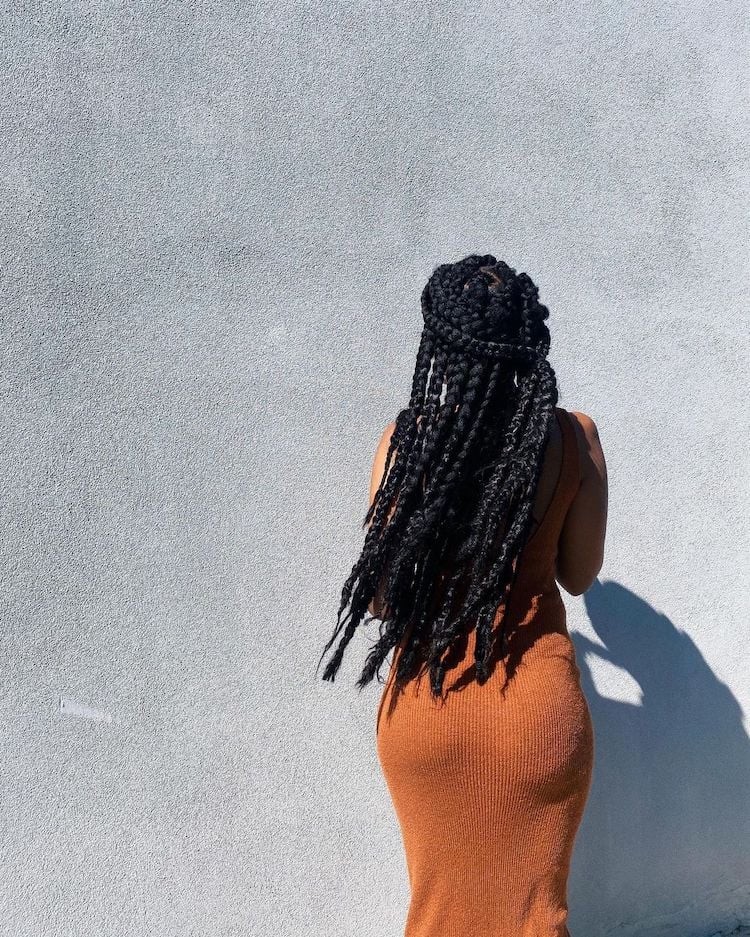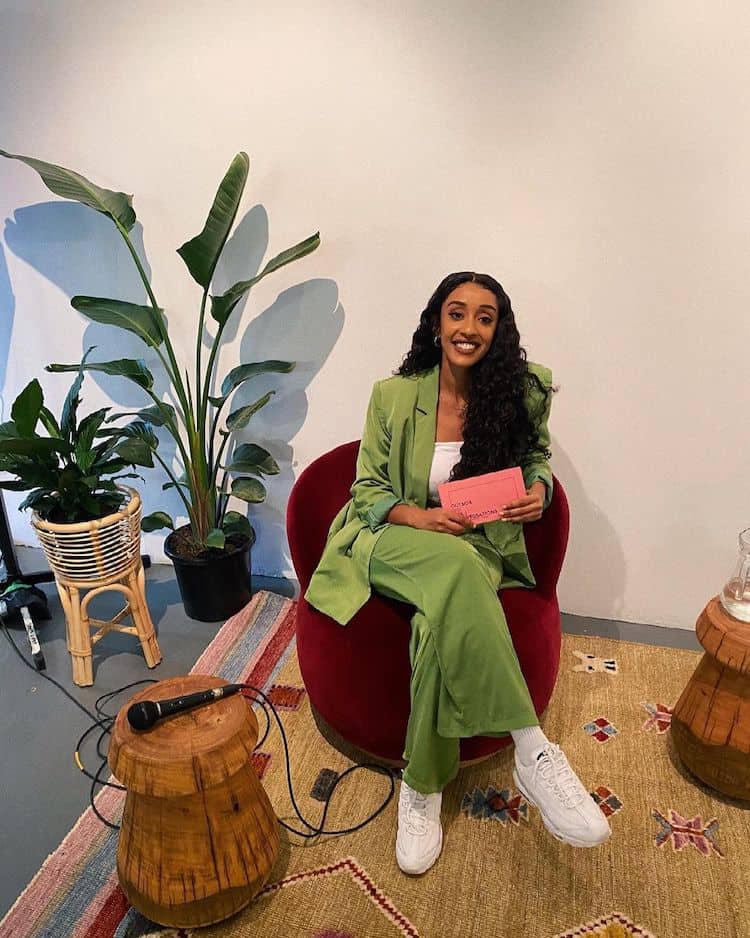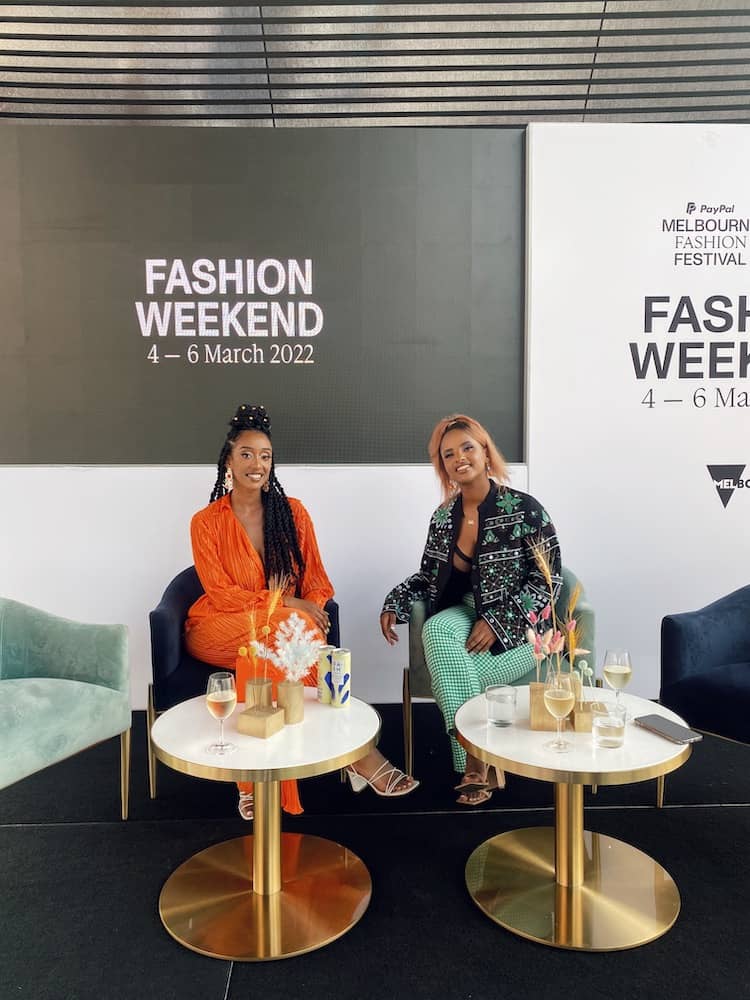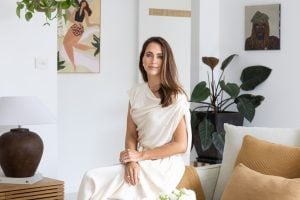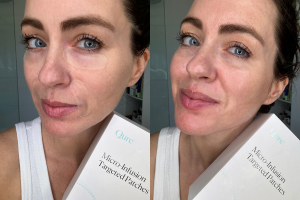W: It’s a big thing to know your hair type, especially so you can find the right products. mine is 4b.
When I was younger I’d see these hair care ads with this Jamaican guy with locs, and he’d wash them and come out with straight hair! And even when curly hair tutorials started on YouTube, it was very much one size fits all, like all curly hair is the same. So I’d be using all these products that were just not working for my hair type. Once I started educated myself, I realised that I had kinky hair with tight coils, and learned to use the products that work for me.
I shampoo my hair once, put in some conditioner, wash that out, and then put in a treatment. I like deep conditioning that way, and often use a homemade flaxseed oil treatment. I mix flaxseed, water and olive oil, boil it up until becomes a gel, then put it in. Then I wash that out a little, and rub a little more flaxseed into my wet hair. That way it stays in your hair, and locks in the moisture and your curl pattern. My mum taught me all these things about my hair! She always comes up with natural things and shares them with my sister and I. She used to perm her hair, back when that was the thing to do, but now she’s all natural.
R: My hair type is 3b, so it’s a bit of a looser curl than Win’s, but still defined.
In terms of how I care for it, I have only recently learned how important finding out your hair’s porosity is, which is crazy given I have always had curly hair. So now I know that my hair is highly porous, it’s great, because I have always liked to use a lot of oil-based products and now I know that’s best for my hair. I like to put coconut oil or argan oil in my hair, then on top of that I’ll go in with a deep conditioner like SheaMoisture’s Jamaican Black Castor Oil Strengthen & Restore Leave-In Conditioner, and I leave that on for a couple of hours. When I was trying to grow my hair during lockdown, I used to do that treatment once a week, and it was crazy the results I got when I really tried to take care of it for once. Now that I’m more lazy, I just do a deep conditioning mask and only do that whole process if I can be bothered. On a day to day basis, I wash with shampoo, put in leave in conditioner, dry it and then wear it like that for three or four days, and by day five it’s usually ready to be done again.
I never really use dry shampoo. I see it as a white thing! The risk with my hair is it making it matted. I always want to avoid that, so I try not to touch my hair too much, and I wear a bonnet to sleep in for the same reason. I leave it as long as I can between washes. I don’t do anything to my hair if I’m just at home. I can’t be bothered. I might take the opportunity to wash it if I have a couple of spare hours, do some plaits, put on a bonnet, or just put it up and out of the way.

